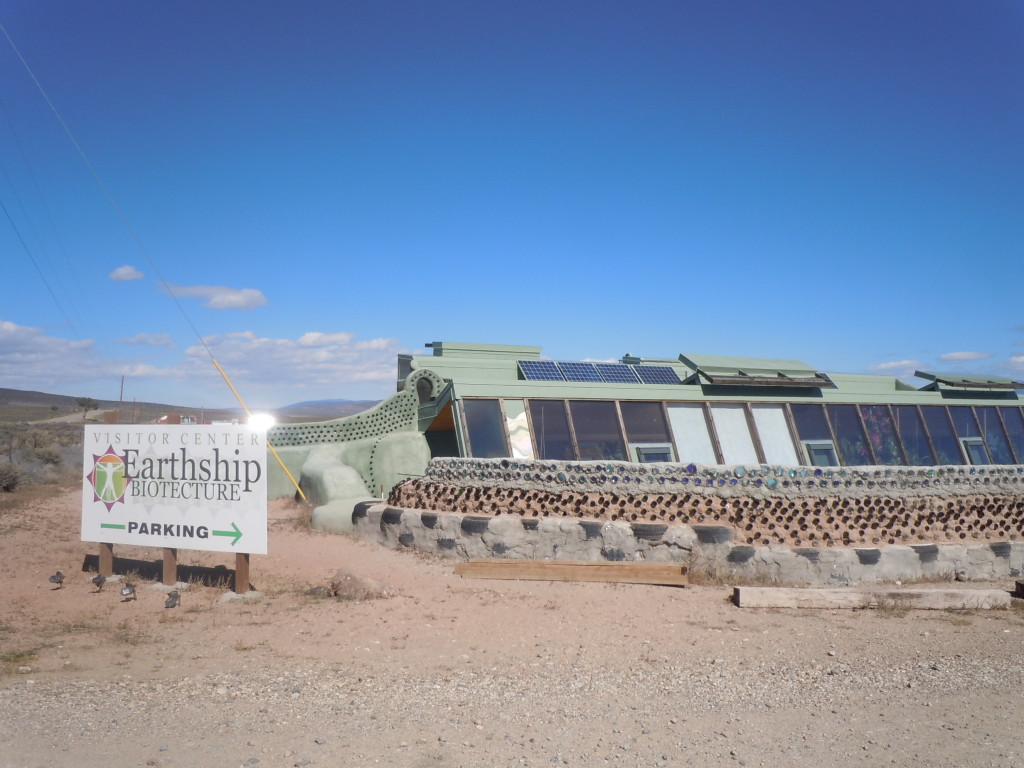En Route to Protest at a Prison Holding Immigrant Children
I like to travel, but this trip is not about fun. I’ll spending the next few days in the grueling Florida summer heat and humidity, outside the gates–and the 30-foot wall recently built to prevent the kids from seeing their supporters–of a private “detention center” (prison) holding more than 2000 children whose only “crime” is coming to this country–usually because their lives are in danger at home. [Clarification: when we got to the site, we discovered that the fences, covered with cloth mesh to block the view, are “only” about 8 feet high around the compound for 13-16-year-olds and about 12 feet around the separate, windowless building holding 17-year-old detainees. By standing on stepladders, we were able to make visual and verbal contact with the younger groups.]
Since January, 2017, we’ve seen appalling abuses: children in cages, children torn from their families, families denied the right to even apply for asylum.
I am putting my body out there to say No. Enough! I’ve joined a Jewish affinity group from western Massachusetts, and six of the eight of us are sitting in the departure lounge in the Hartford airport.
This is the initial post on the blog I set up for our affinity group:
This blog will cover the actions of a small group of Jewish activists from the Northampton/Amherst area of Western Massachusetts (and one from Eastern Massachusetts) who came together as an affinity group to protest the jailing of innocent migrant children.
We are appalled at the gratuitous cruelty of the current US government and its private enablers such as the operators of the prison we’ll be protesting at. As an example, we’ve heard that they raised the height of the fence of the prison where we will be witnessing, just to block the incarcerated children from seeing the protests and taking comfort from them.
We are horrified that at least five children have died in custody nationally in the past few months. And our hearts are torn open that these thousands of children have been wrenched from their families. There is no good reason for this cruelty.
We choose to act as Jews, in the spirit of Tikkun Olam (healing the world) and the Biblical injunction, “Tzedek, Tzedek, Tirdof” (Justice, Justice, shalt thou Pursue). We are not a religious group, and we have as many interpretations of what it means to be a Jew and a Jewish activist as we have members.
Our first action is to participate in a Jewish–themed Father’s Day protest at a private prison in Homestead, Florida for a few days in mid-June. Members of our affinity group, Western Mass Jewish Activists for Immigration Justice, will use this space to post photos and writings about our time there, announce public events back home where we’ll share what we witnessed, etc.
This is part of a much larger ongoing presence in Homestead. You can read about it on the Witness: Tornillo. Target: Homestead page, just by clicking this link.
Dear Donald, whatever happened to “Give me your tired, your poor, your huddled masses yearning to breathe free”? Your grandfather was an immigrant. So are two of your wives.
The cruelty and meanness of your administration do not make us stronger. They make us criminals.









